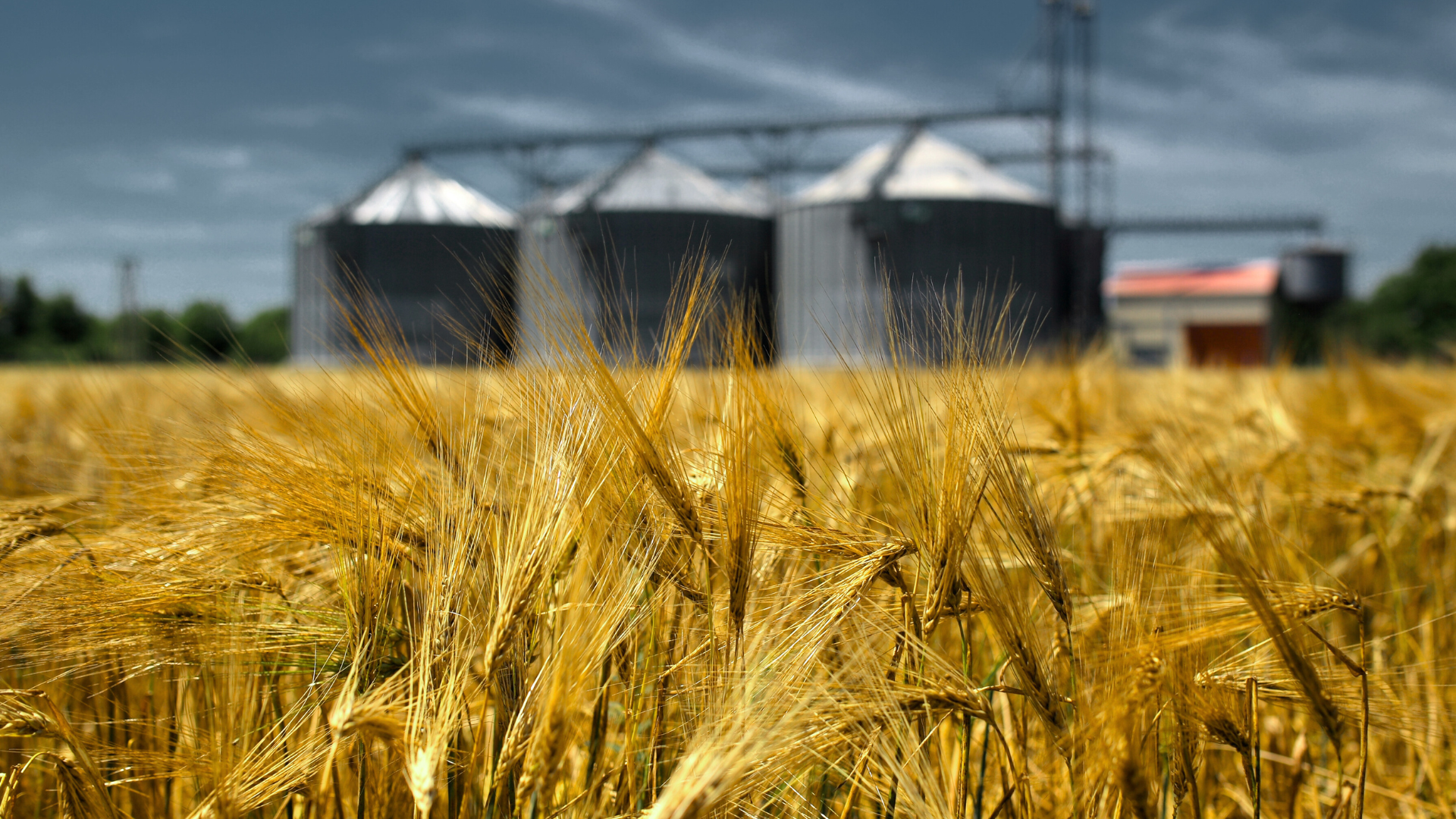Accounting
Everything Farmers Should Know About Farm Losses
July 17, 2025

The agricultural business is different from other businesses, as all its revenue is skewed toward the harvest season. If the crops are destroyed due to climate change, pests, natural calamities, or any other reason, the farmer could face huge losses.
While government subsidies, grants, and financial support can help farmers continue their business during loss-making years, they can also use these losses to reduce their tax burden.
However, you need to understand the accounting of farm losses to make the most of it. In this article, we will discuss farm loss and how you can navigate the ups and downs of the agricultural business efficiently.
Determine Your Farm Losses
Farm and fishing are the only businesses that have the option to use cash accounting for income tax purposes. In cash accounting, you report revenue when you get cash for selling agricultural commodities and deduct expenses when you pay cash to produce agricultural commodities. You incur expenses first and get paid when the harvest is sold. There is a significant time gap between the two.
The Canada Revenue Agency (CRA) allows you to normalize your profits and losses between years using optional and mandatory inventory adjustments.
These inventory adjustments allow farmers to reduce their net loss by the amount of ending inventory.
If you incur farm loss even after adding ending inventory, you can carry back a farm or fishing loss for up to three years or carry it forward up to 20 years and reduce taxable income.
Let’s understand this with an example.
Illustration: Katherine incurred a farm loss of $20,000 in 2021 when her ending inventory was $8,000. Even after adding the inventory as income, her farm loss was $12,000 in 2021. This unused farm loss will appear in her notice of assessment.
She can carry back the loss to 2018 or carry it forward up to 2041.
In 2024, Katherine had a good harvest and earned a farm income of $80,000. She can use the entire or part of the $12,000 farm loss from 2021 to reduce her farm income and save on taxes.
To carry back a farm or fishing loss, you need to fill out and attach Form T1A, Request for Loss Carryback, to your current year tax return. To deduct the past year’s loss, you must enter the loss on Line 25200 – Non-capital losses of other years – of your current income tax return.
Determine How Much Farm Loss You Can Deduct
Now that you know your farm loss, you have to determine how much of the loss you can deduct from your taxable income. Many people undertake farming as a side business, given its seasonal nature. Some even engage in farming or fishing as a hobby with no intention of earning a profit.
A. Fully Deductible: The CRA allows you to deduct 100% of your farm loss if farming is the chief source of income. The agency has specific parameters to test if you are running the farming operation as a commercial business (capital expenditure, gross income, cash flows supporting budget for future growth).
B. Partly Deductible: If the CRA establishes that farming is not your primary source of income, it restricts the deductible family loss to:
- 100% of the first $2,500 loss
- 50% of any remaining farm loss, to a maximum of $17,500.
You can use the restricted farm loss to reduce income from other sources. If you still have unused farm loss and are selling the farm business, you can add the unused loss to the adjusted cost base and reduce the capital gain on the sale.
Illustration: Terry is a physical instructor. He also has a farmland where he works during harvest. He earns $70,000 per year from physical instruction sessions and $20,000 from the farm. This establishes that farming is a secondary source of income for Terry.
Terry has $15,000 in unused farm loss and decides to sell his farmland, which he acquired for $100,000 for $150,000. He can add the unused loss and increase the land cost to $115,000, thereby reducing his capital gain to $35,000.
C. Non-Deductible: If farming or fishing activity was conducted as a hobby with no intent to make a profit, farm losses are not deductible.
Accounting for farm losses can be complex, and you need to plan their usage strategically to maximize the benefits. Many farmers may want to set aside farm losses for a rainy day and use other methods to reduce their taxes.
Contact KSSP Partners LLP in Markham to Help You with Agricultural Accounting and Tax Planning
By seeking the help of a professional accountant specializing in agricultural business, you can optimize the farm losses and run your farm operations tax-efficiently. To learn more about how KSSP Partners LLP can provide you with the best accounting and tax planning expertise, contact us online, or by telephone at 289-554-5997.


